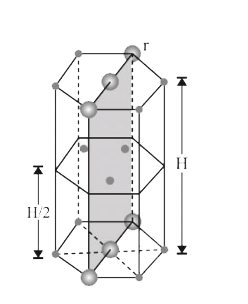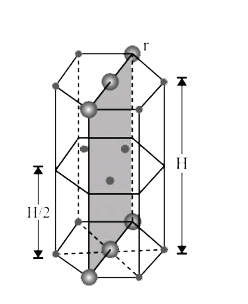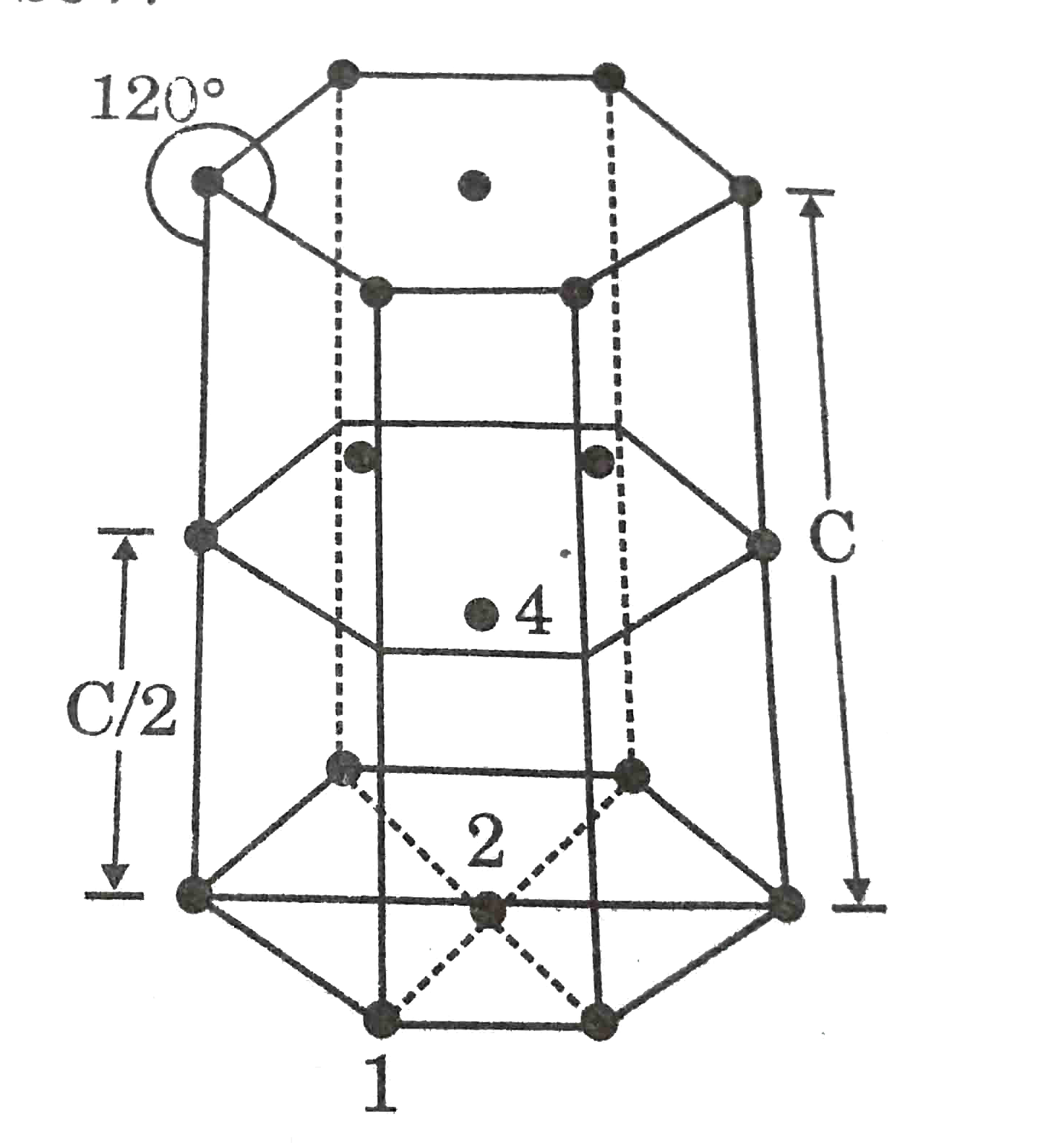A: In cockroach, each segment is covered by three hardened plates called sclerites.
R: These sclerites are dorsal tergite, ventral sternite and lateral pleurite.
IF both assertion & Reason are true and the reason is the correct explanation of the assertion, then mark (1).
If both assertion & reason are true but the reason is not the correct explanation of the assertion, then mark (2).
If assertion is true statement but reason is false, then mark (3).
If both assertion and reason are false statements, then mark (4).
The correct Answer is:D
Step-by-Step Solution:
1. Understanding the Assertion: The assertion states that in a cockroach, each segment is covered by three hardened plates called sclerites.
- Evaluation: This statement is incorrect. Each segment of a cockroach is not covered by three separate plates; rather, it is covered by a single chitinous exoskeleton that is referred to as sclerites.
2. Understanding the Reason: The reason provided states that these sclerites are the dorsal tergite, ventral sternite, and lateral pleurite.
- Evaluation: This statement is also incorrect. While the terms dorsal tergite and ventral sternite are correct, the term "lateral pleurite" is not accurately used here. The lateral part is connected by the orthoideal membrane, not termed as pleurite.
3. Conclusion: Since both the assertion and the reason are incorrect, we can conclude that neither statement is true.
4. Final Decision: Based on the evaluations:
- Assertion: Incorrect
- Reason: Incorrect
- Therefore, the correct answer is that both the assertion and reason are false.
Answer:
Both assertion and reason are false.
- Evaluation: This statement is incorrect. Each segment of a cockroach is not covered by three separate plates; rather, it is covered by a single chitinous exoskeleton that is referred to as sclerites.
- Evaluation: This statement is also incorrect. While the terms dorsal tergite and ventral sternite are correct, the term "lateral pleurite" is not accurately used here. The lateral part is connected by the orthoideal membrane, not termed as pleurite.
- Assertion: Incorrect
- Reason: Incorrect
- Therefore, the correct answer is that both the assertion and reason are false.
Both assertion and reason are false.
Topper's Solved these Questions
- BOOK - AAKASH INSTITUTE ENGLISHCHAPTER - STRUCTURAL ORGANISATION IN ANIMALS (CONTD . . .) (ANIMAL MORPHOLOGY)EXERCISE - Assignment (Section-C)28videos
STRUCTURAL ORGANISATION IN ANIMALS (CONTD . . .) (ANIMAL MORPHOLOGY)
- BOOK - AAKASH INSTITUTE ENGLISHCHAPTER - STRUCTURAL ORGANISATION IN ANIMALS ( ANIMAL TISSUES ) EXERCISE - Assignment (Section-D)20videos
STRUCTURAL ORGANISATION IN ANIMALS ( ANIMAL TISSUES )
- BOOK - AAKASH INSTITUTE ENGLISHCHAPTER - TEST 1EXERCISE - Examplle19videos
TEST 1
Similar Questions
In each segment of cockroach, the exoskeleton has hardened plates called :
View SolutionIn each segment, exoskeleton have hardened plates called sclerites
a) Dorsal sclerite1) Sternumb) Ventral sclerite2) Pleurac) Lateral sclerite3) Tergumd) Sclerite present in4) Pronotum protharx5) MetanotumView SolutionA dorsal sclerite of cockroach is called-
View SolutionEach thoracic segment of Periplaneta americana is enclosed by four ____ skeletal sclerites : a dorsal _____ a ventral ______ and two lateral ______. The _____ of the prothorax is also called pronotum, which covers the neck and a part of the head
Complete the above paragraph by selecting the correct sequence of words.View SolutionIn hexagonal systems of crystals, a frequently encountered arrangement of atoms is described as a hexagonal prism. Here, the top and bottom of the cell are regular hexagons and three atoms are sandwiched in between them. A space-filling model of this structure, called hexagonal close-packed (HCP), is constituted of a sphere on a flat surface surrounded in the same plane by six identical spheres as closely as possible. Three spheres are then placed over the first layer so that they touch each other and represent the second layer. Each one of these three spheres touches three spheres of the bottom layer. Finally, the second layer is covered with a third layer that is identical to the bottom layer in relative position. Assume radius of every sphere to be ‘r’.
The volume of this HCP unit cell is
 View Solution
View SolutionIn hexagonal systems of crystals, a frequently encountered arrangement of atoms is described as a hexagonal prism. Here, the top and bottom of the cell are regular hexagons and three atoms are sandwiched in between them. A space-filling model of this structure, called hexagonal close-packed (HCP), is constituted of a sphere on a flat surface surrounded in the same plane by six identical spheres as closely as possible. Three spheres are then placed over the first layer so that they touch each other and represent the second layer. Each one of these three spheres touches three spheres of the bottom layer. Finally, the second layer is covered with a third layer that is identical to the bottom layer in relative position. Assume radius of every sphere to be ‘r’.
The empty space in this HCP unit cell is :
 View Solution
View SolutionIn hexagonal system of crystals, a frequently encountered arrangement of atoms is described as a hexagonal prism. Here, the top and bottom of the cell are regular hexagons and three atoms are sandwiched in between them. A space -filling model of this structure, called hexagonal close-packed (HCP), is consituted of a sphere on a flat surface surrouneded in the same plane by six identical spheres as closely possible. Three sphere are then palces over the first layer so that they touch each other and represent second layer is covered with third layer that is identical to the bottom layer in relative position. Assume radius of enery sphere to be r.

The number of atoms in the HPC unit cell is :View SolutionFill in the blanks to make the following statements true:
(i) A cuboid has .......... vertices.
(ii) A cuboid has .......... edges
(iii) A cuboid has .......... faces.
(iv) The number of lateral faces of a cuboid is .........
(v) A cuboid all of whose edges are equal is called a .........
(vi) Two adjacent faces of a cuboid meet in a line segment called its .........
(vii) Each edge of a cuboid can be obtained as a line segment in which two ......... meet.
(viii) ......... edges of a cube (or cuboid) meet at each of its vertices.
(ix) A ......... is a cuboid in which all the six faces are squares.
(x) The three concurrent edges of a cuboid meet at a point called the ......... of the cuboid.View SolutionChoose the correct option about morphology of cockroach
III(i)Tergites(a)Fore wings(ii)Tegmina(b)Upper lip(iii)Hypopharynx(c)Dorsal sclerite(iv)Labium(d)Tongue(v)Labrum(e)Lower lipView Solution

